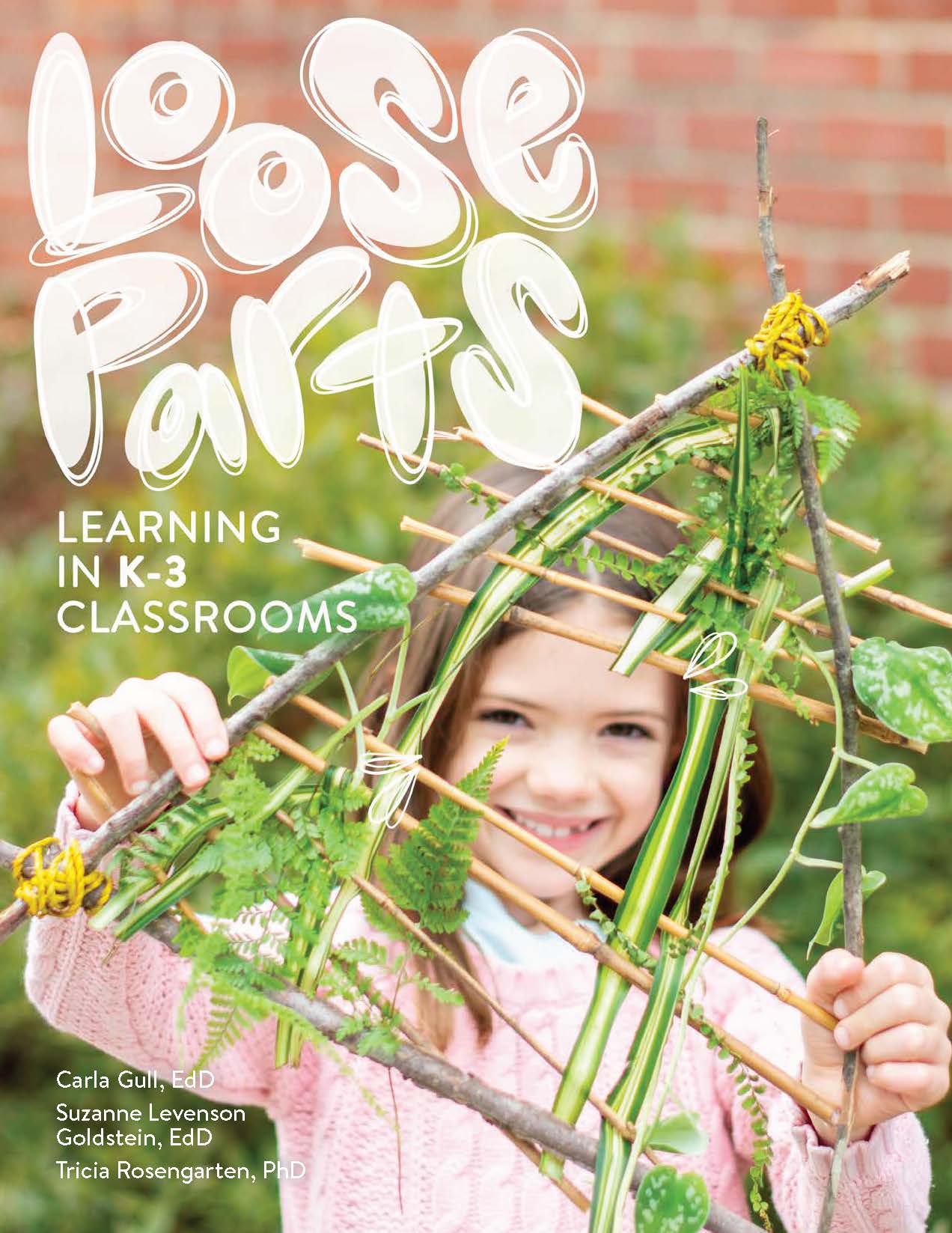- Home
- Activities
- Light Painting | A Loose-Parts Art and Technology Activity
Light Painting | A Loose-Parts Art and Technology Activity

The arts help develop a loose-parts mindset in many ways, such as developing imagination, creativity, and collaboration. Adding the arts helps develop more divergent thinking, with no one correct answer but many possibilities. Including the arts in STEM moves beyond decoration to embracing a wide variety of artistic applications in the learning process. The arts encourage cognitive growth, engage the brain, enhance long-term memory, advance creativity, and minimize stress. Young learners will be excited and fascinated by this light "painting" loose-parts activity that combines both art and technology. Get the book—Loose Parts Learning in K-3 Classrooms—for more on implementing the loose-parts mindset as well as loose-parts activities in each of the STREAM disciplines.
Materials
- DSLR camera or smartphone with an app such as Pablo, Slow Shutter, Light Paint, or Holograph
- Light sources such as flashlights, toys, glow sticks, or anything that makes light
- Dark room.
What to Do
- Start with a digital single-lens reflex (DSLR) camera that can allow prolonged exposure, or use a smartphone app, such as Pablo, Slow Shutter, Light Paint, or Holography.
- Experiment with multiple light sources—flashlights, toys, glow sticks, or anything that makes light. Get creative! Try three-dimensional tools to add shapes and textures.
- Wear dark clothes to help you blend into darkness.
- Turn off the lights. A dark room or outside space away from lights is ideal.
- Set the camera for an open shutter of several seconds of prolonged exposure, then start the camera (a remote works well if you want to be involved in the image).
- Make movement with the light.
- Review your light art on the camera screen.
- Let go! Experiment with new ways of moving and different colors and types of light (Peterson, Jordan, and Austin Craig. 2017).
.